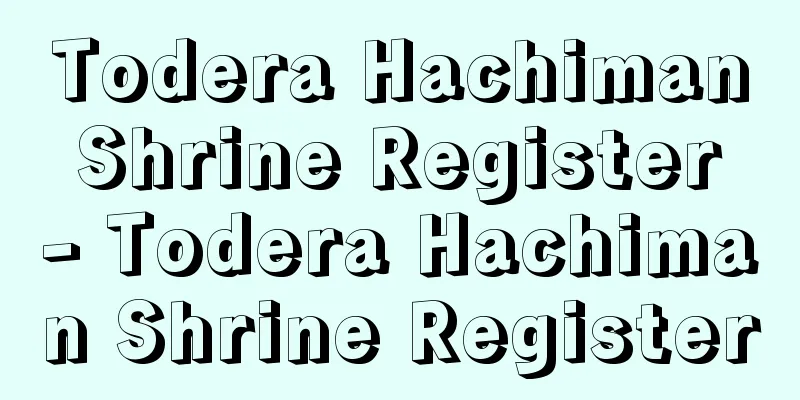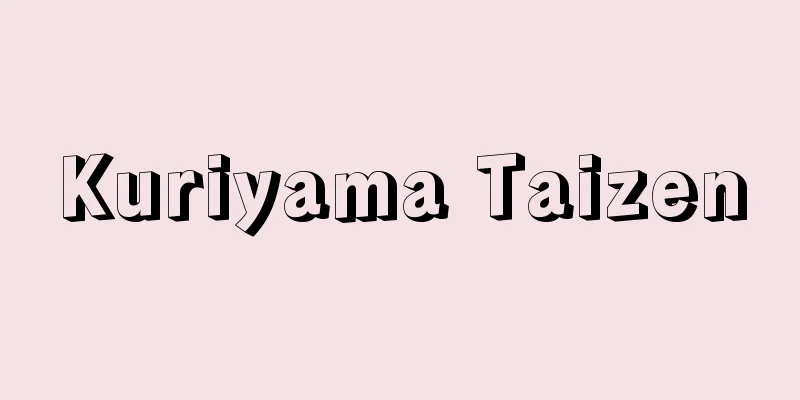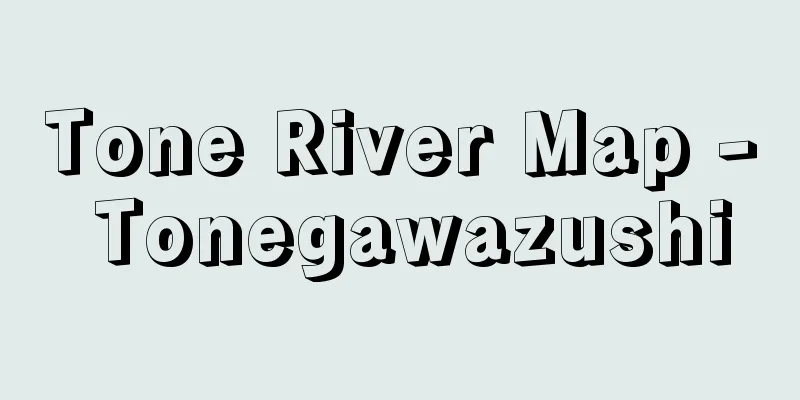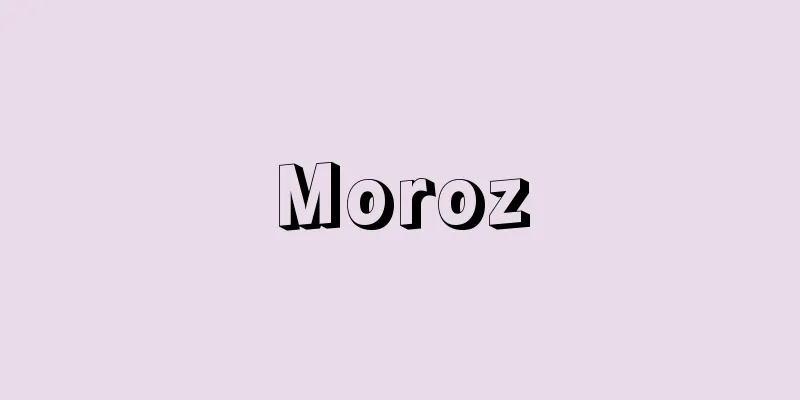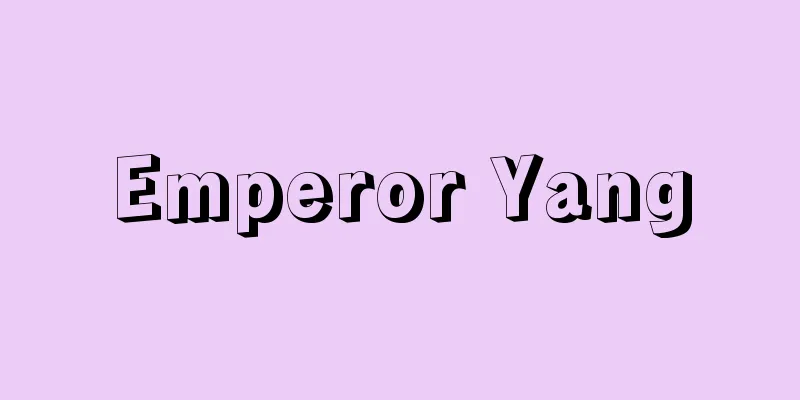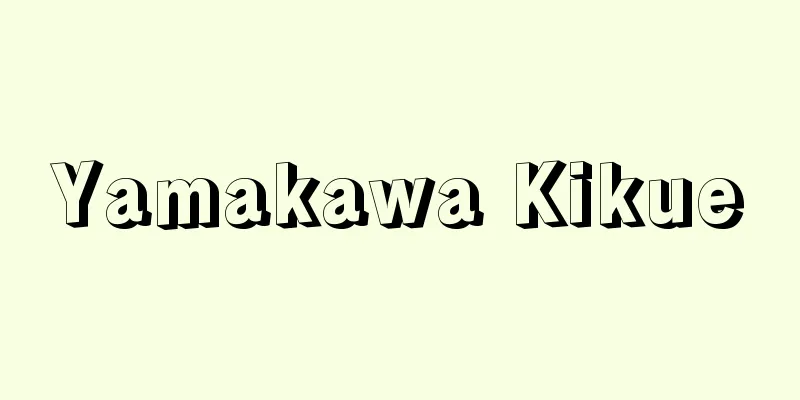Chausuyama Tomb - Chausuyama Tomb
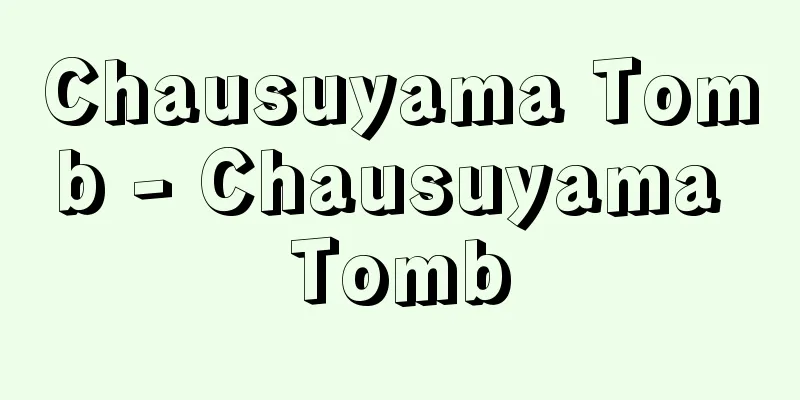
|
Chausuyama is a common name given to this ancient tomb due to its shape, and many of these are circular or keyhole-shaped tombs with a low front. There are many large tombs, from the oldest style tombs such as the Urama Chausuyama Tomb in Okayama Prefecture to large tombs such as Minato (160 meters) and Nakayama (150 meters) in Okayama Prefecture, Zeze (120 meters) in Shiga Prefecture, Tennoji (200 meters) in Osaka Prefecture, Okawa (145 meters) in Kagawa Prefecture, and Bessho (165 meters) in Gunma Prefecture. Tobi (Sakurai) Chausuyama Kofun is located in Tobi, Sakurai City, Nara Prefecture. It is a 207-meter long keyhole-shaped tumulus built at the end of Mt. Tomi. The circular mound at the rear is 110 meters in diameter and 61 meters wide at the front, which is low and long. Perforated jar-shaped pottery is installed around the roofing stones and the square terraced facility at the top of the circular mound. The vertical stone chamber in the center of the circular mound is 6.75 meters long, 1.1 meters wide, and 1.6 meters high. Many mirrors, including a flower pattern mirror and a divine beast mirror, stone products such as a jade staff, a jade leaf, a hoe-shaped stone, a wheel stone, and a stone bracelet, as well as jewels, weapons, and agricultural tools have been excavated from inside the chamber. The row of square jar-shaped pottery vessels has attracted attention as a style that preceded the row of haniwa clay figurines. This is a representative early Kofun tomb in southeastern Nara Prefecture, believed to date to the mid-4th century. Yanai (Miguchi) Chausuyama Kofun is a keyhole-shaped tumulus located in Mizuguchi, Yanai City, Yamaguchi Prefecture, built on the Mukaiyama Hill. It is 80 meters long, 50 meters in diameter at the rear mound, and 40 meters wide at the front, and contains roofing stones, clay figurines, cylinders, and shields. Five mirrors, bronze arrowheads, iron arrowheads, swords, and other items were excavated from a pit-type stone chamber in the rear mound. Only four mirrors and one bronze arrowhead remain. The bronze arrowhead is a large, fixed-angle arrowhead weighing 65 grams. One of the excavated mirrors, the Daryu mirror (a single-headed, double-barreled monster mirror), is a large mirror with a face diameter of 44.8 centimeters, the largest of any mirror excavated from a kofun, and has attracted attention. Imai Chausuyama Kofun is located in Akabori Imai, Isesaki City, Gunma Prefecture. It is a short keyhole-shaped tumulus on top of a hill, with a total length of 59 meters, a diameter of 38 meters at the rear circular mound, and a width of 32 meters at the front. There are numerous house-shaped haniwa and utensil and possession-shaped haniwa at the top of the circular mound. The burial facility consists of two charcoal coffins, and weapons such as mirrors, short armor, swords, and spears, as well as talc replicas of axes, magatama (curved jewels), small beads, and knives were excavated from coffin No. 1, while mirrors, swords, and other items were excavated from coffin No. 2. Research into the restoration of the arrangement of the haniwa, including the house-shaped haniwa at the top of the mound, has advanced haniwa research. [Takashi Imai] "Ueda Hironori and Nakamura Harutoshi, "Sakurai Chausuyama Tomb" (included in Nara Prefecture Report 19, 1961, Nara Prefecture Board of Education)" ▽ "Umehara Sueji, "Report on the Investigation of Mizuguchi Chausuyama Tomb, Yanai Town, Kuga County, Suo Province" (included in Archaeological Journal 11-8, 9, 1935, Japanese Archaeological Society)" ▽ "Goto Morikazu (ed.), "Imai Chausuyama Tomb, Akahori Village, Sawa County, Kozuke Province" (1933, Tokyo Imperial Household Museum)" Nationally designated historic site Yanai City, Yamaguchi Prefecture ©Yamaguchi Prefecture Tourism Federation Yanai Chausuyama Tomb Source: Shogakukan Encyclopedia Nipponica About Encyclopedia Nipponica Information | Legend |
|
茶臼山とは、その形状から名づけられた古墳に対する民間の通称で、前方部の低い前方後円墳や円墳でこの名をもつものが多い。岡山県浦間(うらま)茶臼山古墳のような最古式のものから岡山県湊(みなと)(160メートル)、中山(150メートル)、滋賀県膳所(ぜぜ)(120メートル)、大阪府天王寺(200メートル)、香川県大川(145メートル)、群馬県別所(165メートル)などの大形古墳もある。 外山(とび)(桜井)茶臼山古墳は、奈良県桜井市外山にあり、鳥見(とみ)山の末端を利用してつくられた全長207メートルの前方後円墳である。後円部径110メートル、前方部幅61メートルで、前方部は低く長い。葺石(ふきいし)と後円部頂の方壇状施設の周囲に底部穿孔壺形(せんこうつぼがた)土器を樹立する。後円部中央の竪穴(たてあな)式石室は内法(うちのり)長6.75メートル、幅1.1メートル、高さ1.6メートルで、石室内から内行花文鏡・神獣鏡など多数の鏡、玉杖(ぎょくじょう)・玉葉・鍬形石(くわがたいし)・車輪石・石釧(いしくしろ)などの石製品、玉類、武器、農具などが出土した。壺形土器方形列は埴輪(はにわ)列に先行する形式として注目された。奈良県南東部の代表的前期古墳で4世紀中葉とされる。 柳井(やない)(水口(みぐち))茶臼山古墳は、山口県柳井市水口にあり、向山(むかいやま)丘陵上につくられた前方後円墳。全長80メートル、後円部径50メートル、前方部幅40メートルで葺石、埴輪、円筒、盾がある。後円部の竪穴式石室から鏡5面、銅鏃(どうぞく)、鉄鏃、刀剣などが出土した。現存するのは鏡4面、銅鏃1にすぎない。銅鏃は定角式大形のもので65グラムある。出土鏡のうち鼉竜(だりゅう)鏡(単頭双胴怪獣鏡)は面径44.8センチメートルの大鏡で古墳出土鏡中最大であり注目された。 今井茶臼山古墳は、群馬県伊勢崎(いせさき)市赤堀今井にある。丘陵上の前方部の短い前方後円墳で全長59メートル、後円部径38メートル、前方部幅32メートルである。後円部頂に多数の家形埴輪、器財形埴輪がある。埋葬施設は木炭槨(もくたんかく)2基であり、1号槨から鏡、短甲、刀剣、矛(ほこ)などの武器、斧(おの)、勾玉(まがたま)、小玉、刀子(とうす)などの滑石(かっせき)製模造品、2号槨から鏡、刀などが出土した。墳頂部の家形埴輪をはじめとする埴輪配置の復原研究は埴輪研究を前進させた。 [今井 尭] 『上田宏範・中村春寿「桜井茶臼山古墳」(『奈良県報告』19所収・1961・奈良県教育委員会)』▽『梅原末治「周防国玖珂郡柳井町水口茶臼山古墳調査報告」(『考古学雑誌』11―8、9所収・1935・日本考古学会)』▽『後藤守一編『上野国佐波郡赤堀村今井茶臼山古墳』(1933・東京帝室博物館)』 国指定史跡 山口県柳井市©一般社団法人山口県観光連盟"> 柳井茶臼山古墳 出典 小学館 日本大百科全書(ニッポニカ)日本大百科全書(ニッポニカ)について 情報 | 凡例 |
<<: Chow Chow (English spelling)
Recommend
Kitago [town] - Kitago
A former town in Minaminaka District, southern Miy...
Lyrocteis imperatoris (English spelling)
…The jellyfish Coeloplana species have a row of p...
Hosokawa clan
(1) Shugo daimyo of the Ashikaga clan. Seiwa Genj...
Hypogalactia - Hypogalactia
This refers to a state in which milk secretion is ...
graduated response
...This strategy was called the "New New Loo...
Urnfield Culture - Urnfield Culture
Please see the "Urnenfeld Culture" page...
Cochlear nerve
⇒Auditory nerve Source: About Shogakukan Digital D...
Chionididae
…A general term for birds in the Chionididae fami...
Kagano Kukedo
A scenic spot on the Sea of Japan coast of the ...
60th birthday - Kanreki
A title for the 61st year of age. It is also call...
Scipio the Great - Scipio
Roman general and politician. Born into a distingu...
One house in front
〘Noun〙 In the Edo period, a farming family was the...
Assen - Mediation (English spelling) Assen
The capital of the province of Drenthe in the nor...
Hygiene Statistics - Hygiene Statistics
What are health statistics? The meaning of health...
Daizaburou Matsushita
A Japanese linguist born in Shizuoka Prefecture. ...
